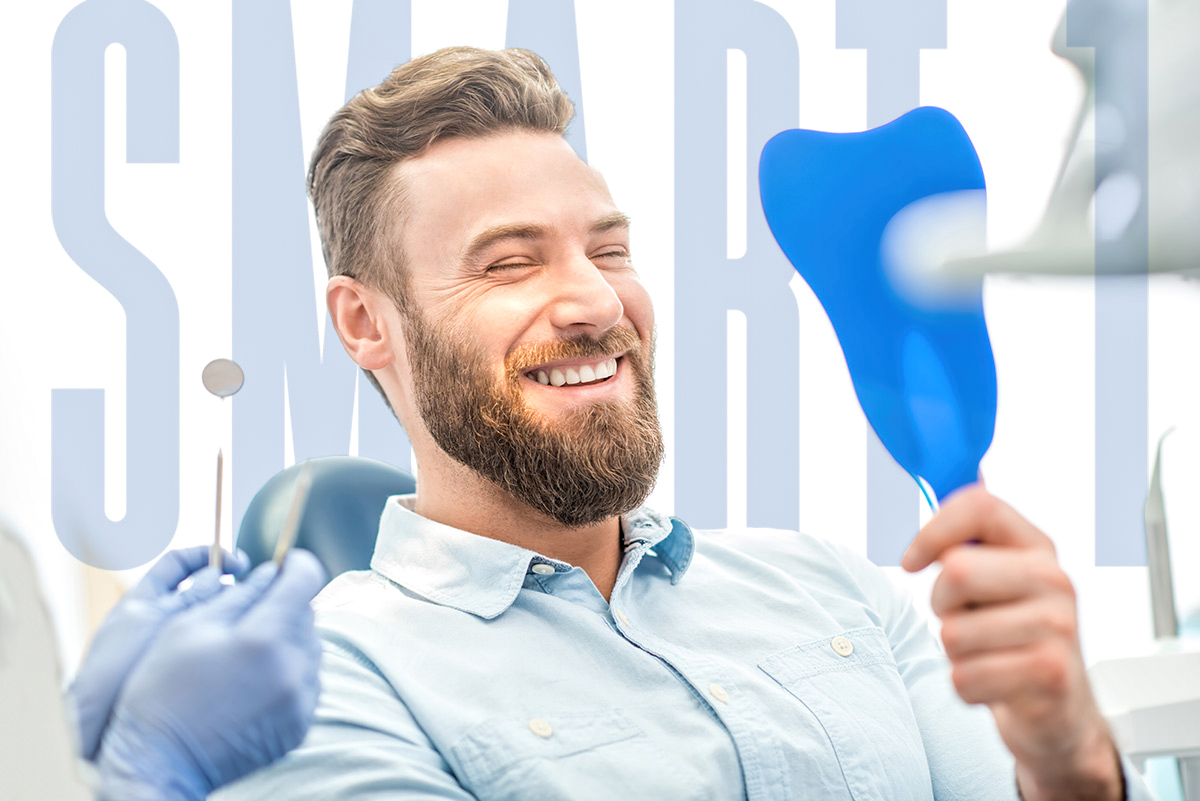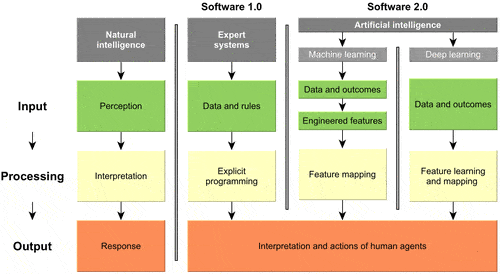The Covid-19 pandemic has had devastating effects on health, economics, and society as a whole. Perhaps one of the most affected areas has been in the dental industry, where dentists had to limit patient care to emergency procedures only.
This limitation has had a negative impact on dental offices and patients who had to put off necessary dental procedures. No time has ever been more appropriate to incorporate digital technology than now, as Covid-19 will likely be with us for the foreseeable future.
In the mid-1980s, dentistry began to transform from simple impression molds to more advanced digital technology. Not only have we discovered ways to take digital impressions, but we have also figured out how to utilize computer-aided manufacturing and computer-aided design to create most of the restorations we see today.
These advancements have been happening for decades and continue to develop with each passing year. At Burbank Dental Lab, we have worked for the last 40 years to stay up to date with the most advanced dental technology to give our clients the best products and services.
For the last several months, we have worked tirelessly to make sure our laboratory was able to serve our clients safely while maintaining our employees' safety. We were proud to use our technology and years of knowledge to manufacture N95 personal protective equipment (PPE) to address the shortage affecting countless first responders.
What this situation brought to light, however, through the need for social and physical distancing, is just how important digital technology is today as we face these new virus-related challenges.
Burbank Dental Lab's Response to COVID-19

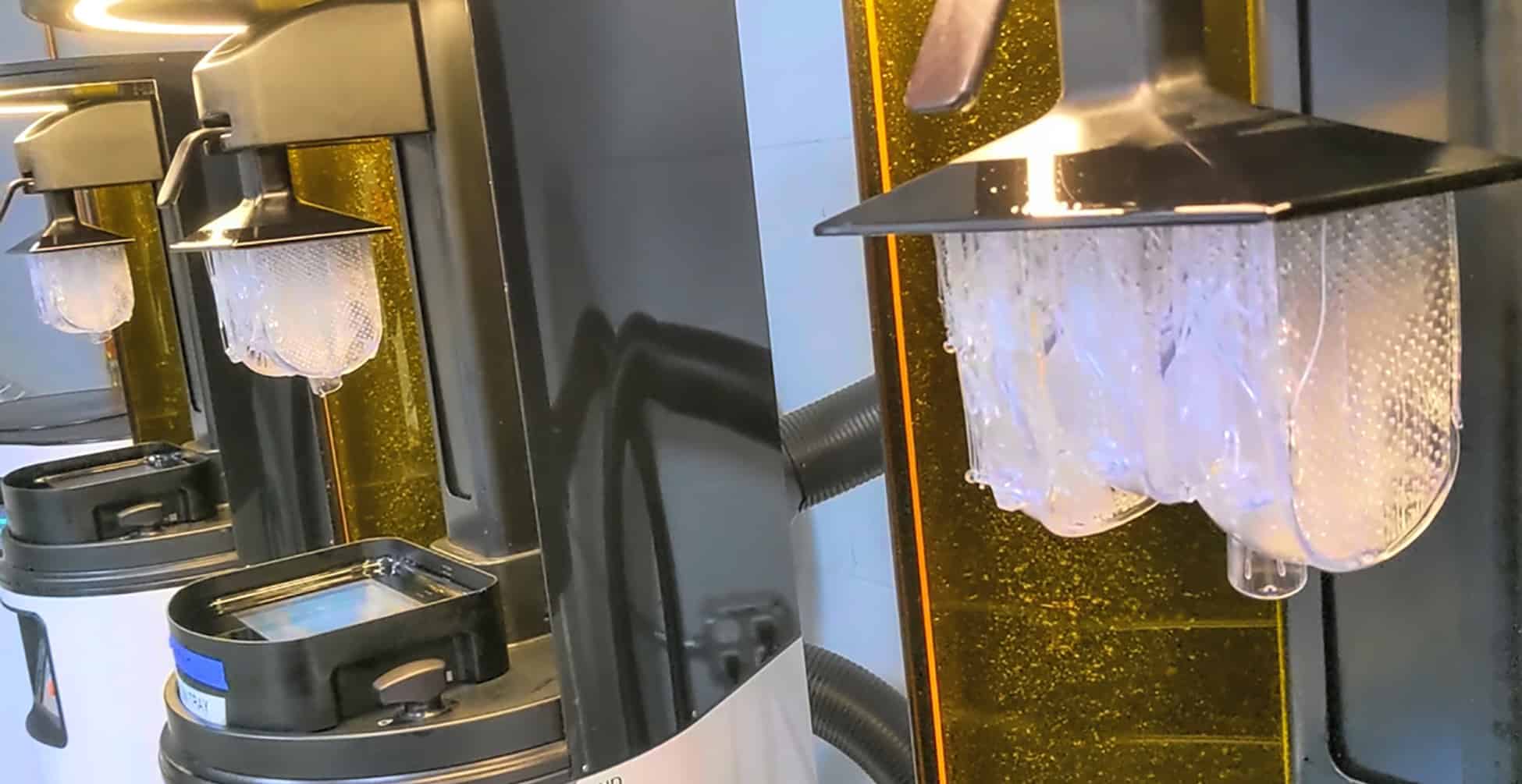
Digital Workflow
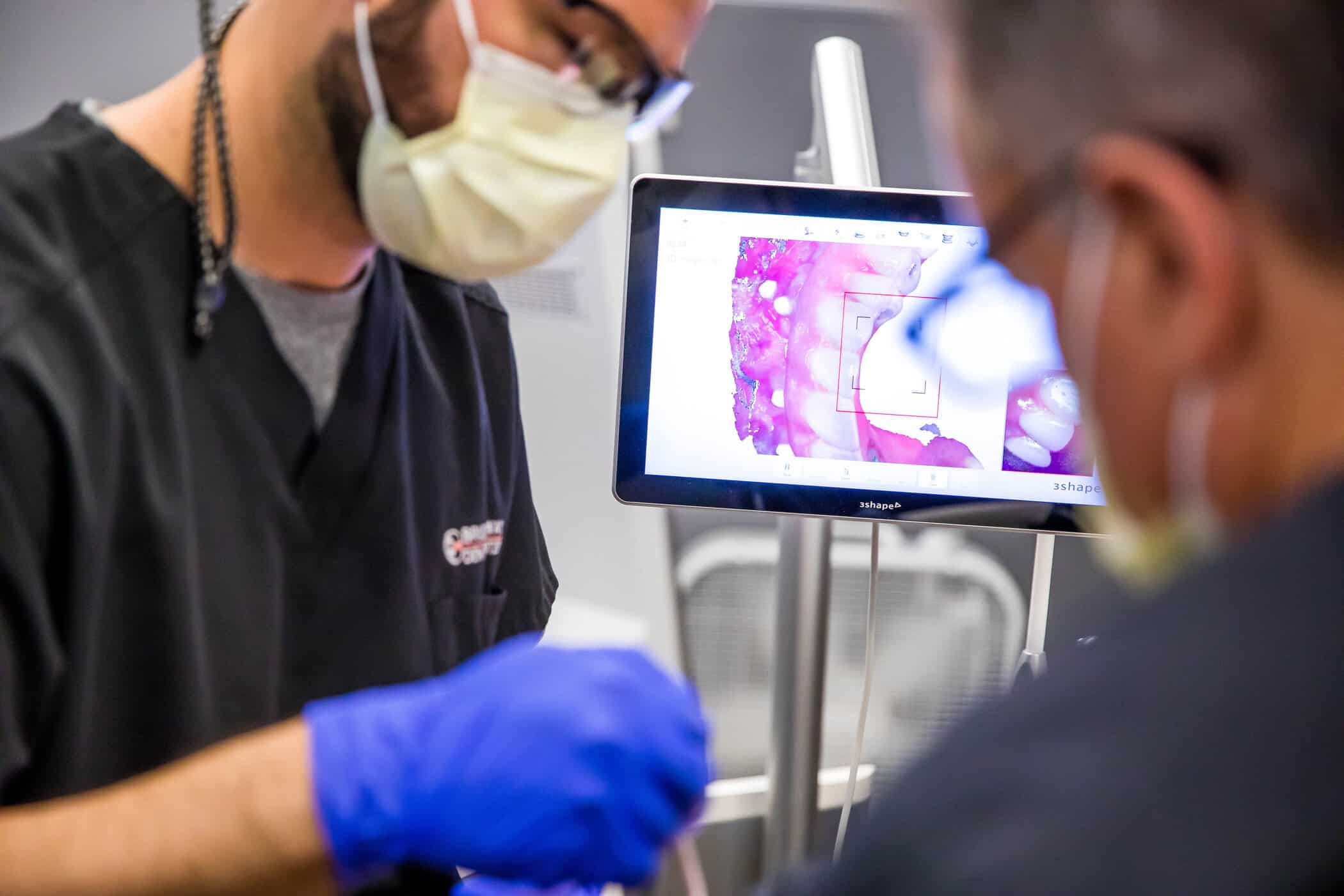
Digital workflows have provided a safe and efficient way for many dentists to work effectively and safely during the Covid-19 pandemic. Specifically, intraoral scanners creating digital impressions significantly reduces the contact points between patients, staff, and shipping personnel. This not only creates a more efficient workflow but provides for a compliant, safe environment for employees as well as patients.
In addition, digital impressions from intraoral scanners are most likely to create a more accurate fitting restoration. These scans shall be sent to the lab immediately and evaluated in real-time instead of waiting days like with traditional impression methods.
Our digital team at Burbank Dental Lab will be able to review the impression and consult to ensure the fit and preparation design is accurate while the patient is still in the office. Ensuring each step is completed accurately helps provide a smooth and comfortable experience for both the dentist and patient.
The below tips to refine intraoral scans will help provide a good scan and increase productivity:
1. Send the following scans to the lab:
- The prep
- The bite
- The opposing
2. Margins and soft tissue
- The scan should show the sub-gingival margin.
- The tissue must be retracted for sub-gingival margins.
3. Scan process
- Slow down the scan to accurately capture critical areas in the anatomy.
4. Positioning
- Rotate the scanner to capture 4-5mm of the patient's soft tissue to make sure to avoid missing gingiva.
We allow for an STL file but are also well advanced in these other systems:
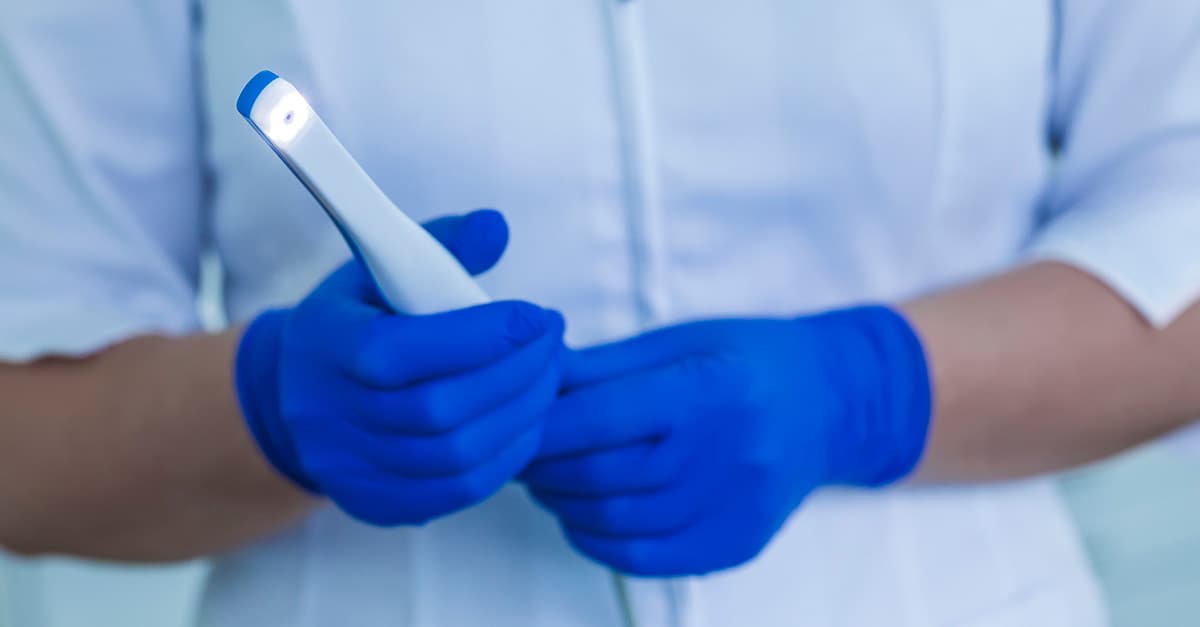
Faster Turnaround
Following these tips can ensure a faster case turnaround from the dental lab to the dentist's office. It also reduces the need to take and ship traditional impressions, lessening the need for extra contact points between staff and outside exposure.
The scan can be sent over the internet to the lab for evaluation. From there, the laboratory can design the restoration using computer-aided design software and then have it milled using a computer-aided milling machine.
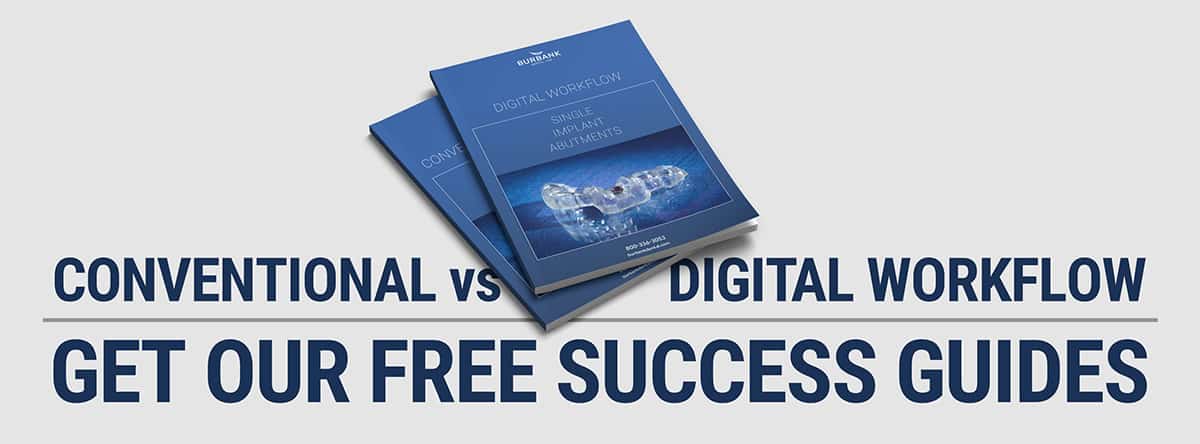
Teledentistry
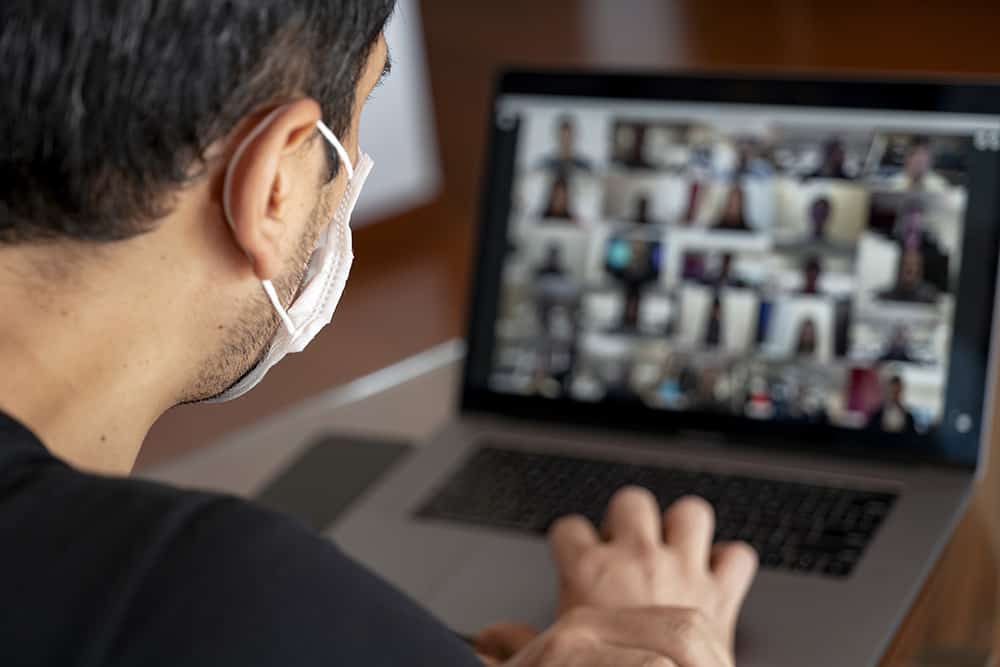
Teledentistry is another technology that has gained momentum as a result of the coronavirus social distancing mandate. This technology has helped many practices to provide online consultations and screen dental emergencies. At the onset of the pandemic in many cities, dental offices were only allowed to treat emergency patients.
Teledentistry was implemented to help address other issues and help access dental needs and true emergencies.
Many clinicians are finding that the teledentistry systems are a great way to stay connected with their current patients and address questions for new patients while limiting exposure. A survey created by Dentavox revealed that 78 percent of patients surveyed said they would be likely to use teledentistry services in the next five years.
The Future of Dentistry
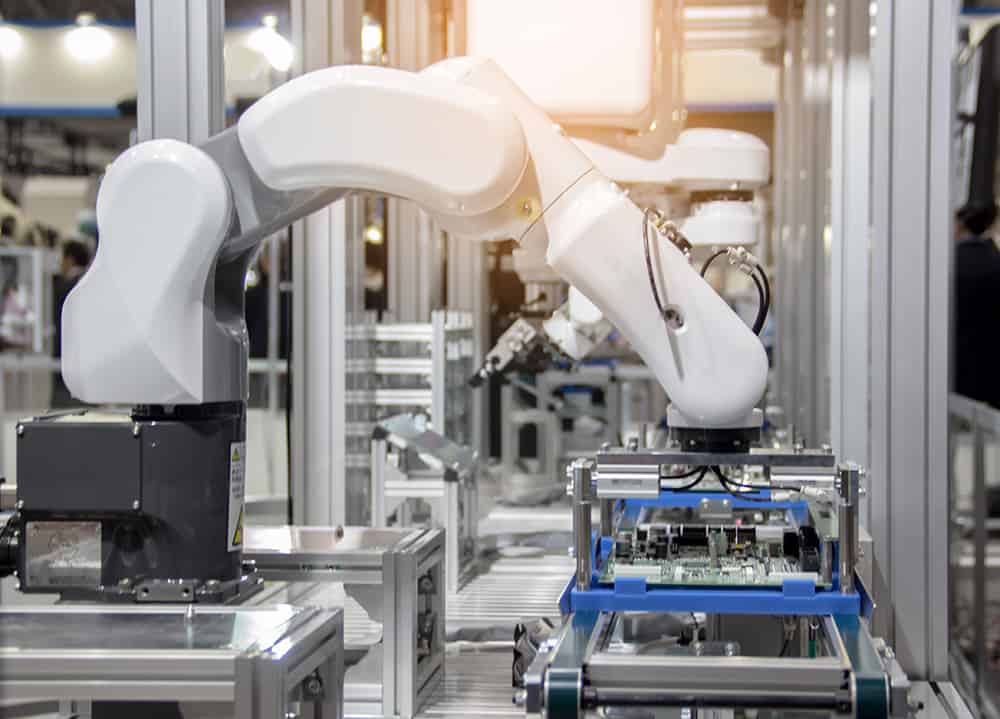
Artificial intelligence or (AI) is machine learning and is the digital future of dentistry. AI uses existing data to make predictions, implement, and learn.
Through processes such as taking x-rays, this data can be scanned then analyzed using AI software to identify patterns that can reveal certain conditions like bone loss and caries. AI and digital technologies will be able to identify the following correctly and more effectively:
- Bone loss
- Tooth Decay
- Natural anatomy of the patient
- Other previous dental work that may have been done
The implication here is that this technology will be able to identify pathologies faster and with a greater degree of accuracy.
Also, AI has the potential to significantly enhance the patient's trust, which is essential to their agreeing to treatment. Many patients will more likely accept the data conclusions created by a computer program. It also allows for more time interacting with patients and focusing on treatment. The clinician can see more patients leading to an increase in productivity.
A dentist or dental office that embraces technology can stay ahead of the game and advance quicker when addressing problems and challenges that their practice may face. In these unprecedented times, with disasters such as Covid-19 changing our world, it is imperative to find ways to stay productive, adhere to regulations, and implement ways to keep safe. At Burbank Dental Lab, we use the latest digital technology to stay ahead of the market to ensure we are providing our customers with the most advanced products and services.
Artificial intelligence or (AI) is machine learning and is the digital future of dentistry. AI uses existing data to make predictions, implement, and learn.
Through processes such as taking x-rays, this data can be scanned then analyzed using AI software to identify patterns that can reveal certain conditions like bone loss and caries. AI and digital technologies will be able to identify the following correctly and more effectively:
- Bone loss
- Tooth Decay
- Natural anatomy of the patient
- Other previous dental work that may have been done
The implication here is that this technology will be able to identify pathologies faster and with a greater degree of accuracy.
Also, AI has the potential to significantly enhance the patient's trust, which is essential to their agreeing to treatment. Many patients will more likely accept the data conclusions created by a computer program. It also allows for more time interacting with patients and focusing on treatment. The clinician can see more patients leading to an increase in productivity.
A dentist or dental office that embraces technology can stay ahead of the game and advance quicker when addressing problems and challenges that their practice may face. In these unprecedented times, with disasters such as Covid-19 changing our world, it is imperative to find ways to stay productive, adhere to regulations, and implement ways to keep safe. At Burbank Dental Lab, we use the latest digital technology to stay ahead of the market to ensure we are providing our customers with the most advanced products and services.
